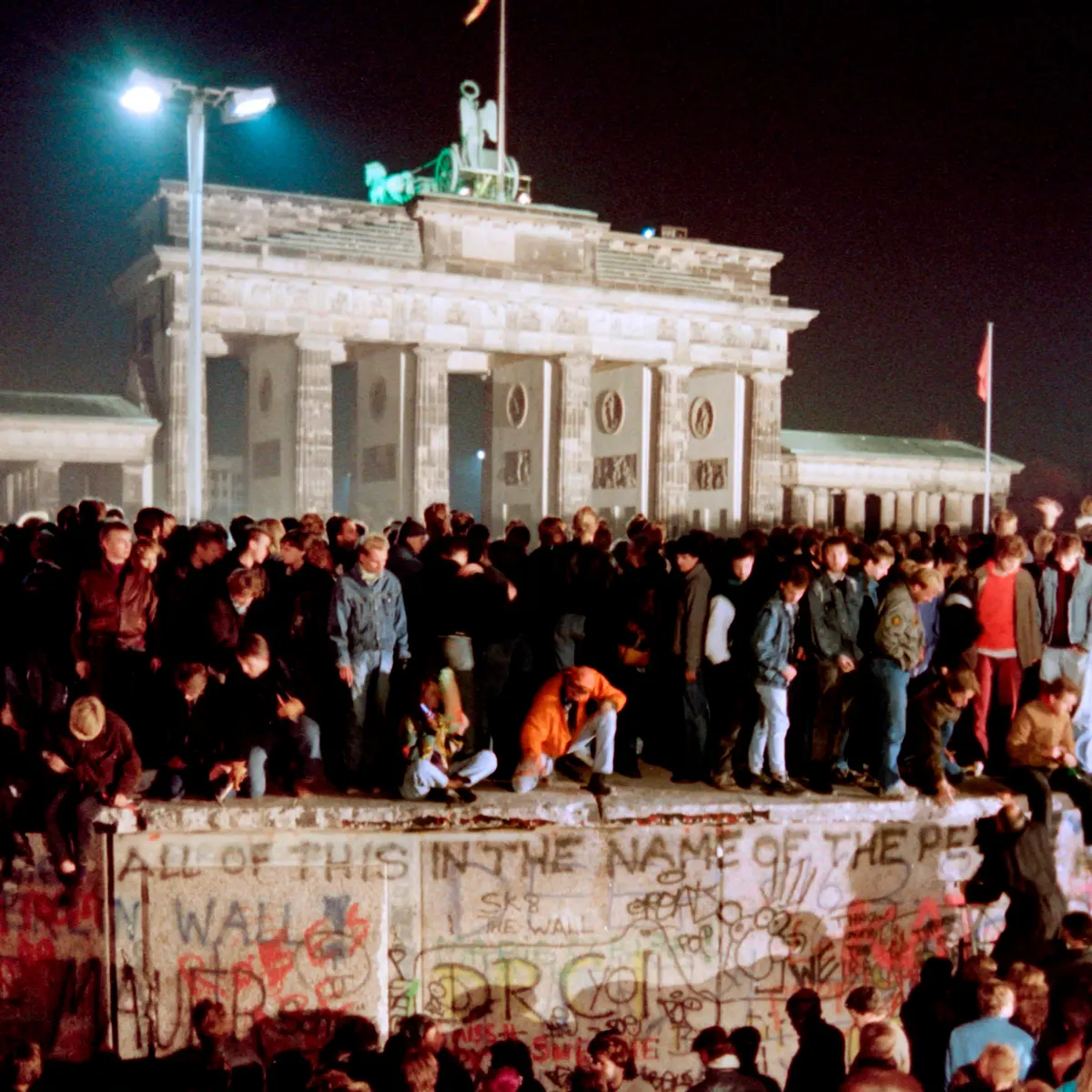Timeline of The Fall of the Berlin Wall (1989)
May 2, 1989

Hungary begins dismantling its border fence with Austria, allowing East Germans to escape to the West.
August 19, 1989
A 'Pan-European Picnic' is held near the Hungary-Austria border, during which hundreds of East Germans cross into Austria.
September 4, 1989
Thousands of East Germans seek refuge in West German diplomatic missions in Czechoslovakia and Poland.
September 11, 1989
Hungary opens its border with Austria, allowing East Germans to flee to the West.
October 9, 1989
Mass protests are held in East Germany, demanding political reforms and the right to travel.
October 18, 1989
East German leader Erich Honecker resigns due to mounting pressure from the protests.
October 23, 1989
Hungary formally abolishes its one-party state and declares itself a democratic republic.
November 4, 1989
Around one million people participate in a peaceful pro-democracy rally in East Berlin.
November 9, 1989
The East German government announces that citizens can cross the border freely. Thousands of East and West Germans gather at the Berlin Wall, leading to its symbolic fall. Berliners from both sides climb on top of the Wall and celebrate the reunification of their city.
December 22, 1989
The Brandenburg Gate, a symbol of division during the Cold War, is reopened for the first time in decades.
October 3, 1990
Germany is officially reunified as the German Democratic Republic (East Germany) joins the Federal Republic of Germany (West Germany).
Conclusion
The fall of the Berlin Wall in 1989 marked the end of an era and signified the reunification of Germany. It was a pivotal moment in history that represented the triumph of democracy, freedom, and the end of the Cold War division between East and West. The fall of the Wall remains a powerful symbol of hope and the resilience of the human spirit.

